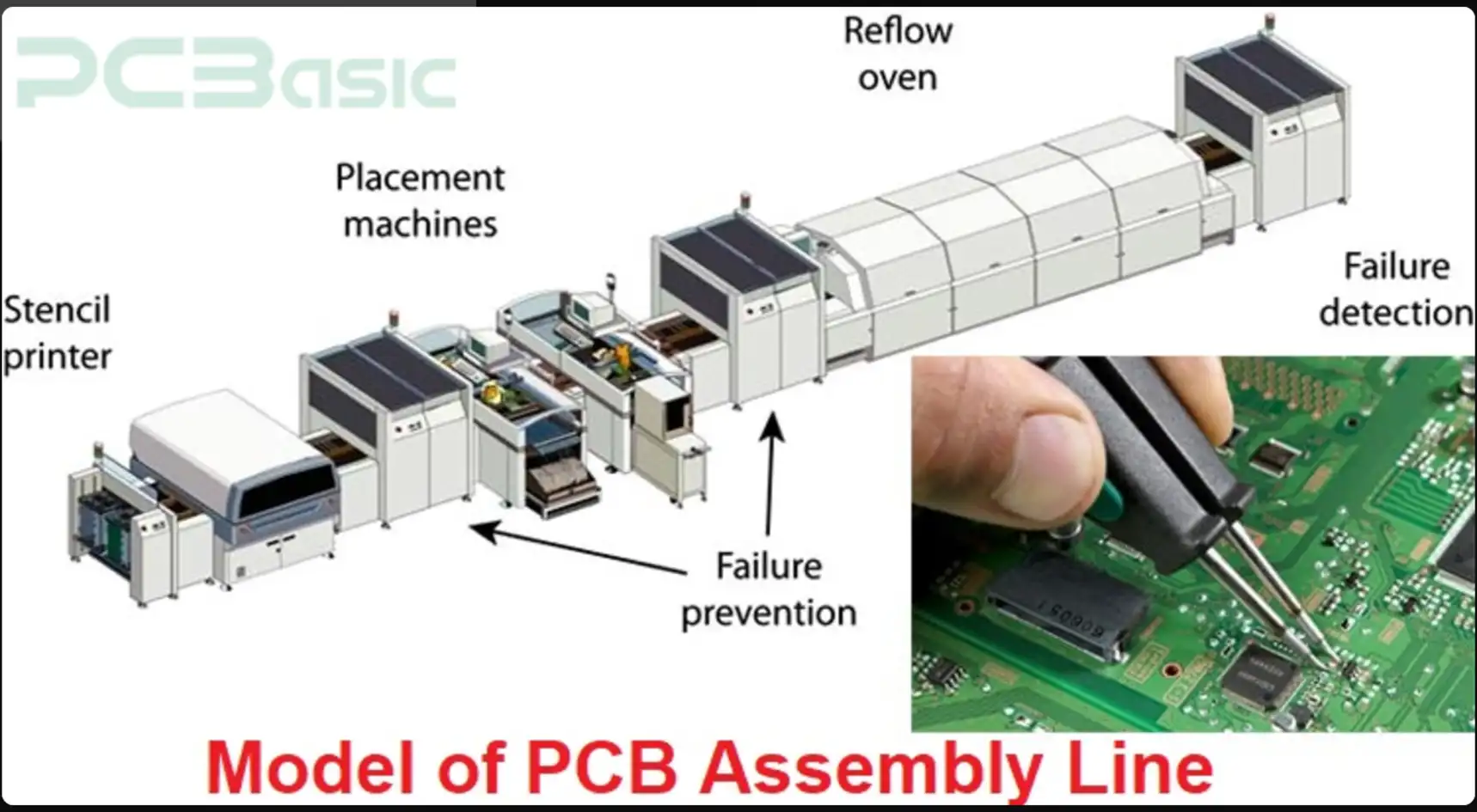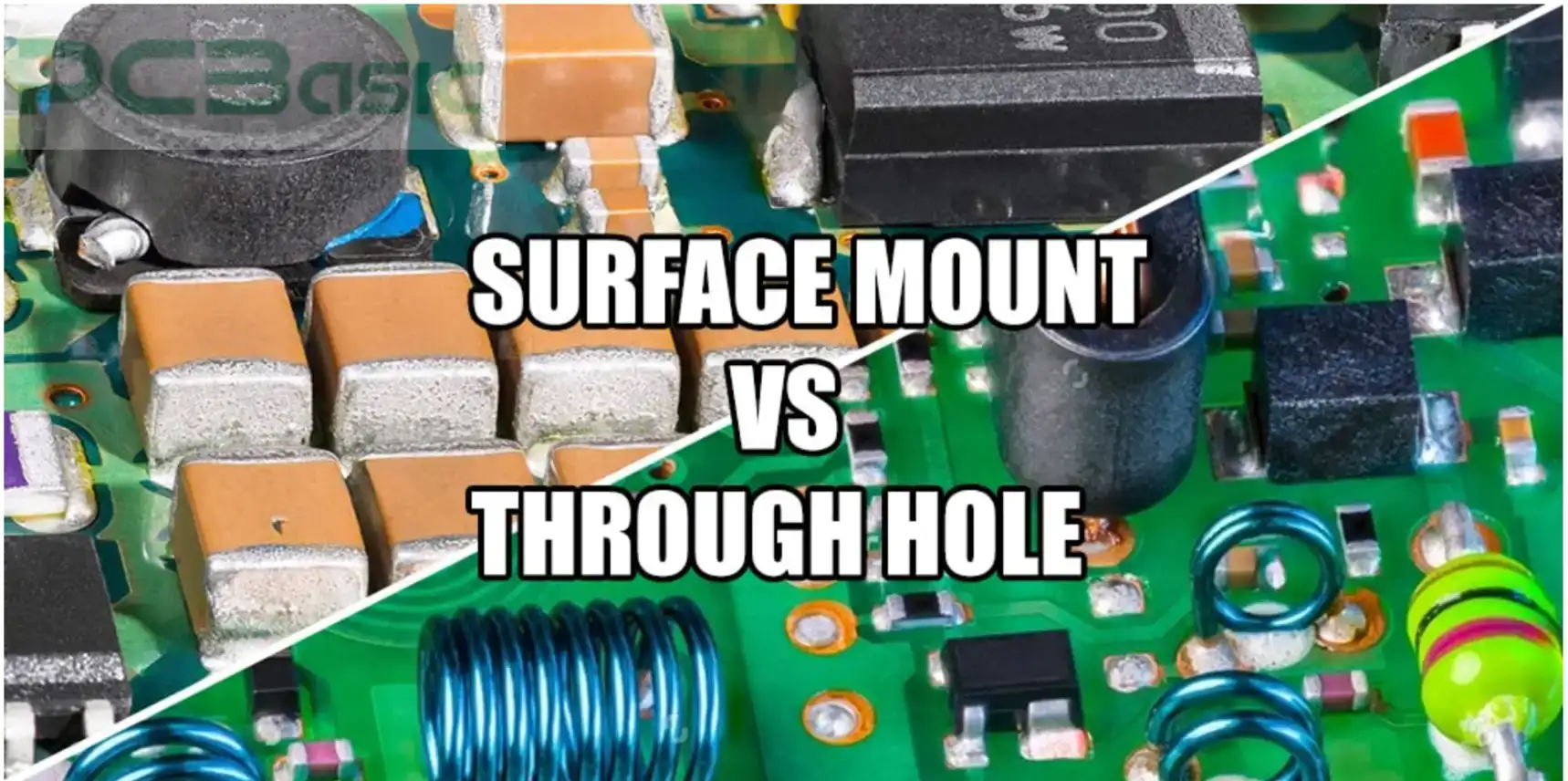Global high-mix volume high-speed Shenzhen PCBA manufacturer

Ru
9:00 -18:00, Mon. - Fri. (GMT+8)
9:00 -12:00, Sat. (GMT+8)
(Except Chinese public holidays)





Global high-mix volume high-speed Shenzhen PCBA manufacturer

Ru
9:00 -18:00, Mon. - Fri. (GMT+8)
9:00 -12:00, Sat. (GMT+8)
(Except Chinese public holidays)





HomePage > Blog > Knowledge Base > What is PCBA Manufacturing: A Comprehensive Guide
Printed Circuit Board Assembly (PCBA) is a critical process in the electronics manufacturing industry. It involves assembling electronic components onto a Printed Circuit Board (PCB) to create a functional and complete electronic circuit. This process is essential for producing devices ranging from smartphones to medical equipment, automotive systems, and aerospace technologies.
In this blog, we will explore the PCBA manufacturing process in detail, breaking it down into its key steps while incorporating important industry terms and concepts.
PCBA manufacturing refers to the process of mounting electronic components onto a blank PCB to create a fully functional circuit board. While a PCB is simply a flat board with conductive pathways etched onto it, a PCBA includes all the necessary components such as resistors, capacitors, integrated circuits (ICs), and connectors. This transformation from PCB to PCBA is achieved through various assembly techniques like Surface Mount Technology (SMT) and Through-Hole Technology (THT).
The primary goal of PCBA manufacturing is to ensure that the assembled board meets design specifications and performs reliably in its intended application.

Before the assembly process begins, engineers review the Bill of Materials (BOM). The BOM is a detailed list of all components required for assembly, including part numbers, reference designators, and descriptions. This step ensures that all materials are available and meet quality standards.
Solder paste printing is the first physical step in the assembly process. A stencil is placed over the PCB, and solder paste—a mixture of powdered solder and flux—is applied to designated areas where components will be mounted. This ensures precise placement of solder for strong connections during reflow soldering.
SMT is a highly automated process where Surface Mount Devices (SMDs) are placed directly onto the PCB surface.
- Component Placement: High-speed pick-and-place machines position small components like diodes, resistors, and capacitors onto the solder-pasted areas.
- Reflow Soldering: The PCB passes through a reflow oven with controlled temperature zones. The heat melts the solder paste, creating secure electrical connections between components and the board.
After SMT assembly, an AOI machine inspects the board for defects such as missing components, misalignments, or poor solder joints. AOI uses cameras and lighting systems to detect issues early in the process.
For components with long leads that need to pass through holes in the PCB—such as connectors or large capacitors—THT is used.
- Manual or Automated Placement: Leads are inserted into pre-drilled holes.
- Wave Soldering: The board passes over a wave of molten solder that secures these components in place.
X-ray inspection is used for complex assemblies or boards with Ball Grid Arrays (BGAs). It allows technicians to check for hidden defects like voids or misaligned solder joints beneath components.
Functional tests ensure that the assembled PCB performs as intended. Using specialized testing equipment, technicians verify parameters such as resistance, voltage levels, and signal integrity.
If required, integrated circuits are programmed with firmware or software during this stage. This step customizes the board for its specific application.
Once all components are mounted and tested, any excess solder or flux residues are cleaned off using specialized solvents or ultrasonic cleaning methods. Technicians also perform manual touch-ups to fix minor defects.
The final stage involves rigorous inspections to ensure that each PCBA meets design specifications and industry standards like IPC guidelines. Additional tests like thermal cycling or aging tests may be conducted for high-reliability applications.

SMT revolutionized PCBA manufacturing by allowing smaller components to be mounted directly onto the PCB surface without drilling holes. This method supports higher component densities and enables compact designs for modern electronics.
While SMT dominates modern manufacturing, THT remains relevant for applications requiring robust mechanical connections or handling high power loads.
AOI systems use advanced imaging techniques to detect defects early in production, reducing rework costs and improving overall quality.
1. PCB Substrate: Typically made from FR4 material—a flame-retardant fiberglass-reinforced epoxy laminate.
2. Solder Paste: A blend of powdered metal solder and flux used for SMT assembly.
3. Electronic Components: Includes resistors, capacitors, ICs, transistors, connectors, etc.
4. Conformal Coating: A protective layer applied to boards used in harsh environments to shield against moisture, dust, and chemicals.
1. Miniaturization: As devices become smaller, manufacturers face challenges in placing increasingly tiny components with precision.
2. Thermal Management: High-power applications require effective heat dissipation solutions.
3. Quality Control: Ensuring defect-free assemblies requires advanced inspection techniques like AOI and X-ray testing.
4. Supply Chain Issues: Delays in component procurement can disrupt production schedules.
PCBA is integral to countless industries:
- Consumer Electronics: Smartphones, laptops, wearables
- Automotive: Engine control units (ECUs), infotainment systems
- Medical Devices: Diagnostic equipment, patient monitors
- Aerospace & Defense: Navigation systems, radar equipment
- Industrial Automation: Robotics controllers
PCBA manufacturing is a complex yet fascinating process that transforms blank circuit boards into functional electronic assemblies powering modern technology. From BOM checking to final quality inspections, every step plays a vital role in ensuring reliability and performance.
By leveraging advanced techniques like SMT, THT, AOI, and X-ray inspection—and adhering to strict quality standards—manufacturers can produce high-quality PCBAs tailored to diverse applications across industries.
Whether you're an engineer designing circuits or simply curious about how electronics are made, understanding PCBA manufacturing provides valuable insights into this essential aspect of modern technology!

Assembly Enquiry
Instant Quote